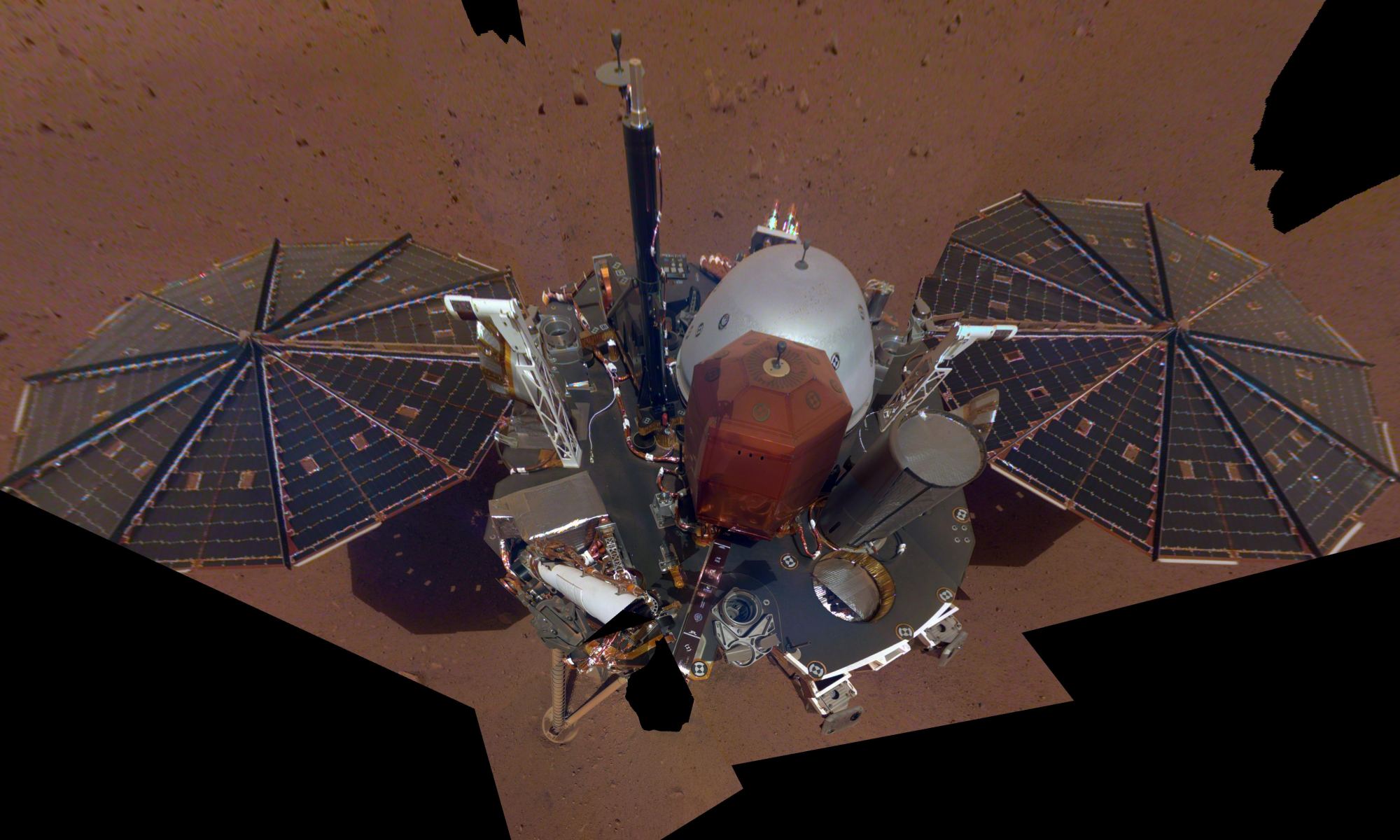InSight has been on the Martian surface for almost three weeks, prepping itself for all the science it’s going to do. But in the meantime, it’s doing what any self-respecting, modern robotic lander does: Taking pictures of itself. And now NASA has released InSight’s first selfie for all the lander’s adoring fans and Instagram followers.
InSight is on Mars to study the interior of the rocky planet, and provide clues into how rocky planets form, both here in our Solar System, and in distant systems. It’s got a suite of instruments to do that with, including a device that will drill 5m (16 ft.) deep into the planet to measure how heat flows through the core of Mars. But it’s taking a cautious approach to that, using its time wisely to select the perfect spot to deploy its instruments.
In the meantime, holiday snaps!
As its name makes clear, the Instrument Deployment Camera isn’t just there to take selfies. It has a much more important task, one on which the success of the whole InSight mission rests. It has to examine the lander’s situation, and take pictures for the team back on Earth to examine. So far, according to NASA, the landing site looks ripe for instrument placement, but NASA likes to get things perfect. Still, in amongst all that careful consideration of instrument placement sites, it had time for InSight’s first selfie.
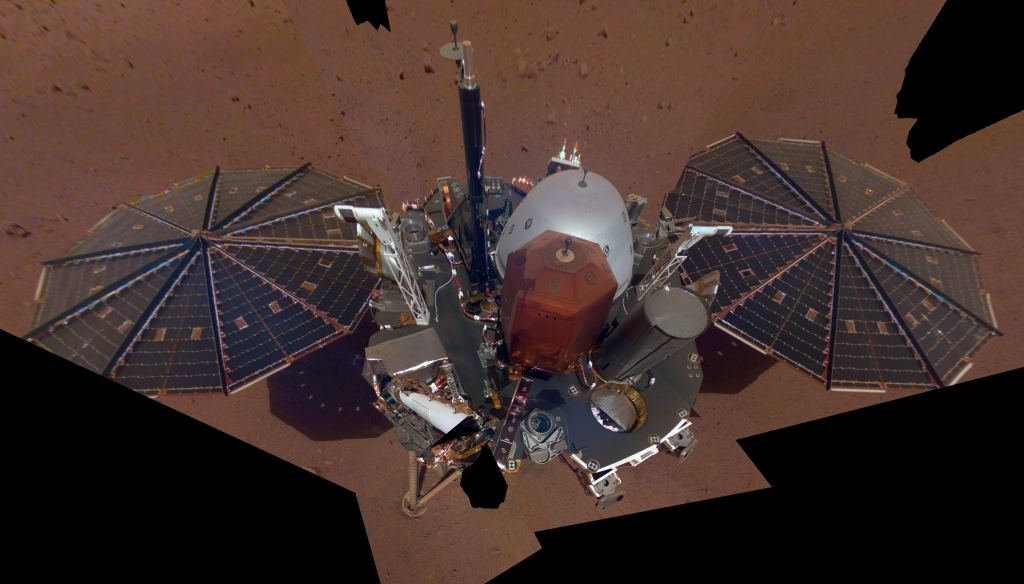
The image shows details of the lander that we’re getting more and more accustomed to seeing. The solar panels are prominent, as is the weather sensor boom. And the more we see of the instrument deck, the better we’re getting at identifying the science instruments that will open a window into Mars’ formation.
The copper-coloured hexagonal shape holds the SEIS (Seismic Experiment for Interior Structure) instrument. The hexagon is the protective shield for the instrument. When the InSight team is ready to deploy SEIS, the hexagonal shield will be removed, SEIS will be placed on the Martian surface, and the grey dome—a wind and thermal shield—will be placed on the instrument.
The tall, dark-grey cylinder next to SEIS is the Heat Flow and Physical Properties Probe (HP3). The heat probe is probably the trickiest of InSight’s instruments to deploy. It has to drill into the Martian surface to do its job, hopefully 5 meters deep. No instrument on Mars has ever gone that deep.
NASA also released this image of InSight’s workspace.
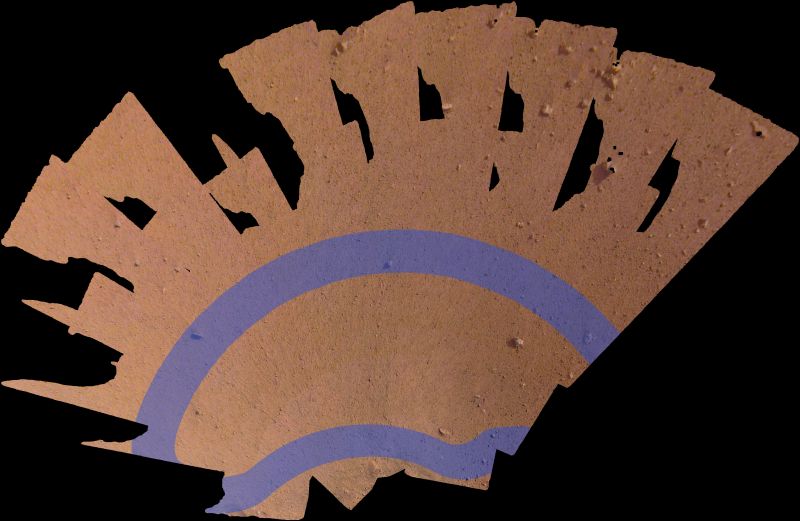
This is the first complete image of InSight’s workspace, a crescent shaped chunk of terrain where the lander will place both SEIS and HP3. This image is the beginning of a meticulous and painstaking process of selecting placement points for the two instruments. It could take weeks to select spots, because InSight engineers want the flattest possible spots they can find. They want to avoid setting them on rocks larger than about 1.3 cm (a half-inch).
InSight’s First Selfie and Other Firsts
The InSight Lander is a hot topic right now. But early images and selfies from other spacecraft give us a kind of visual record of humanity’s reach into the Solar System. Some of the earliest come from Soviet Venera probes that went to Venus.
The Soviets sent a bunch of probes to Venus throughout the 1960s, 70s, and 80s. Many of them failed; some at launch, some on entry into Venus’ atmosphere, and some crashed into the surface. But the Soviets kept persevering. In fact, their perseverance in reaching the surface of Venus is one of the great untold stories in space exploration.
Some of the Venera spacecraft did manage to land on the surface of the blistering hot planet, and sent back the first, and only, close-up images that we have of Venus. One of them is iconic in space history, and is at least partly a selfie.

Our very own Moon has been the site of our most iconic space images. Most of us might think of Apollo 11 when we think of first Moon landings, but that’s not quite true. Through the late 1950s, both the USSR and the USA made several attempts to get spacecraft to the Moon. The Americans sent several Pioneer spacecraft, and the Soviets sent several Luna spacecraft. Most of those failed, until 1959 when the Soviet Luna 2 became the first spacecraft to reach the lunar surface. No pictures, though.
Pictures had to wait until July 28th, 1964, when the Americans’ unmanned Ranger 7 craft completed its mission. Ranger 7 crashed on impact, as designed, but before that it completed its mission, and took 4308 photos of the Moon during its approach. Those photos are now historic.
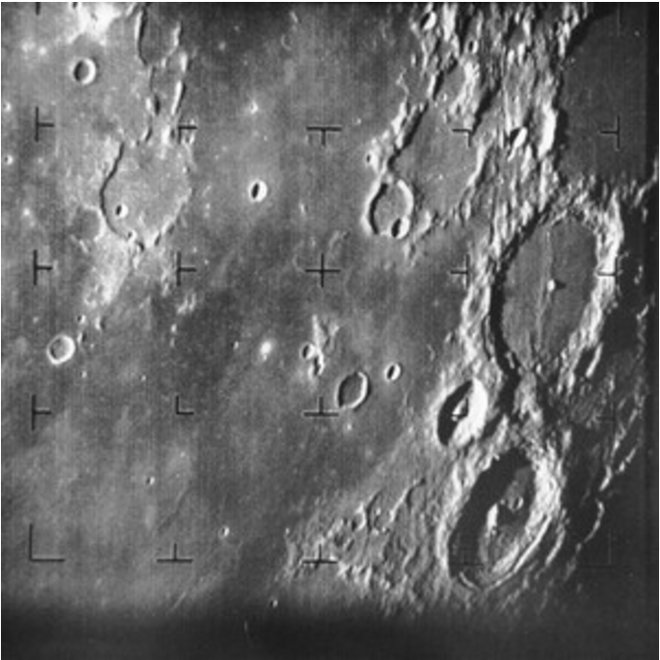
Once missions to the Moon became old hat, all eyes were focused on Mars.
Though the Soviets—again—were the first to get landers to Mars with their Mars 2, Mars 3, and Mars 4 missions, all of them failed. Mars 3, however, did function long enough to get us our first ever picture from the surface of Mars. It doesn’t look like much, though.
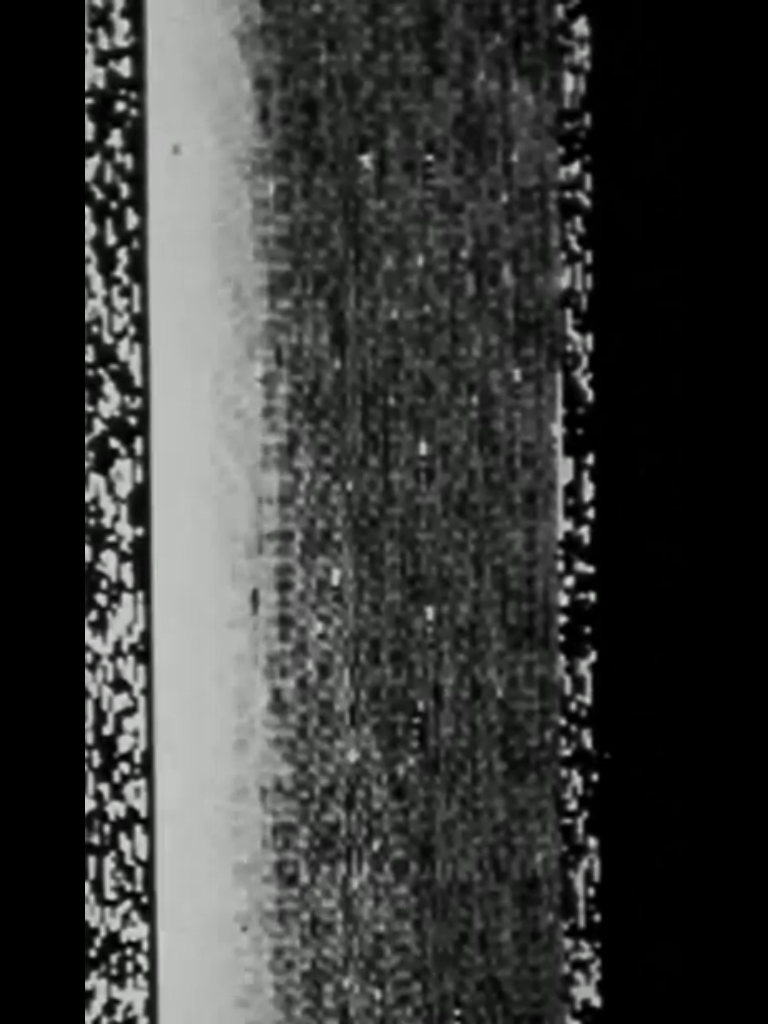
Then the floodgates opened with the success of the USA’s Viking program.
With the Viking landers, the age of the true robot selfie began. There were two Viking landers, Viking 1 and Viking 2, and they were both successful, operating for 2245 sols and 1281 sols respectively.

In 1997, the Pathfinder/Sojourner mission reached Mars, and sent back a selfie, sort of.
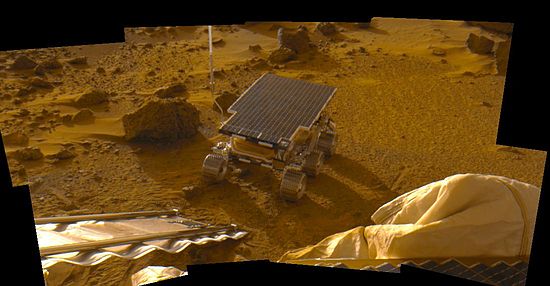
In the age of the internet, there have been many successful landings on Mars, and still the odd failure. Robot selfies are the norm now, with Spirit, Opportunity, and Curiosity delivering us a steady feed of images from the surface of another world.
It’s easy to forget all the hard work, and all the failures, that preceded the success of these mission. Hopefully, InSight’s first selfie can serve as a reminder of that.
Sources:
- NASA Press Release: NASA’s InSight Takes its First Selfie
- InSight Mission Science Instruments
- Wikipedia Entry: InSight
- NASA Mission: Ranger 7
- Wikipedia: List of Artificial Objects on Mars

